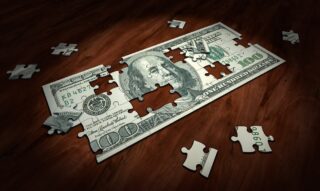Unit-economy: a tool to accurately forecast online sales

Is your business profitable? Well, it could be. You invested $100,000 or your startup acquired a few million in venture capital, and now you’re getting ten times as much, even including expenses. Sounds like a success, doesn’t it? The next step is to grow.
The unit economy metric, while requiring simple calculations, can determine the future of your business and help you understand its long-term sustainability. It allows you to take a microscopic look at every transaction of your business, beyond revenue and costs. And sometimes, it even saves you from unreasonable scaling steps.
What is the unit economy?
Unit economics are the fundamental financial components of a business. If you can accurately define unit economics, you can determine contribution margins, break-even points, and perform ROI calculations that can help determine if the Company’s economic engine is working. Without an understanding of unit economics, predicting whether a business can be profitable in the long run is all guesswork.
Unit economics describes the revenues and expenses of a particular business model in relation to an individual unit. A unit is defined as any basic, quantifiable item that creates value for the business. Thus, unit economics shows how much value each item – or “unit” – creates for the business. For an airline, a unit might be sold for a single seat, while a ride app such as Uber defines a unit as one ride in their vehicle. These units are then analyzed to determine how much profit or loss they make individually. In the case of a retail store, for example, its unit economy is the amount of revenue it can generate each month from each individual customer.




